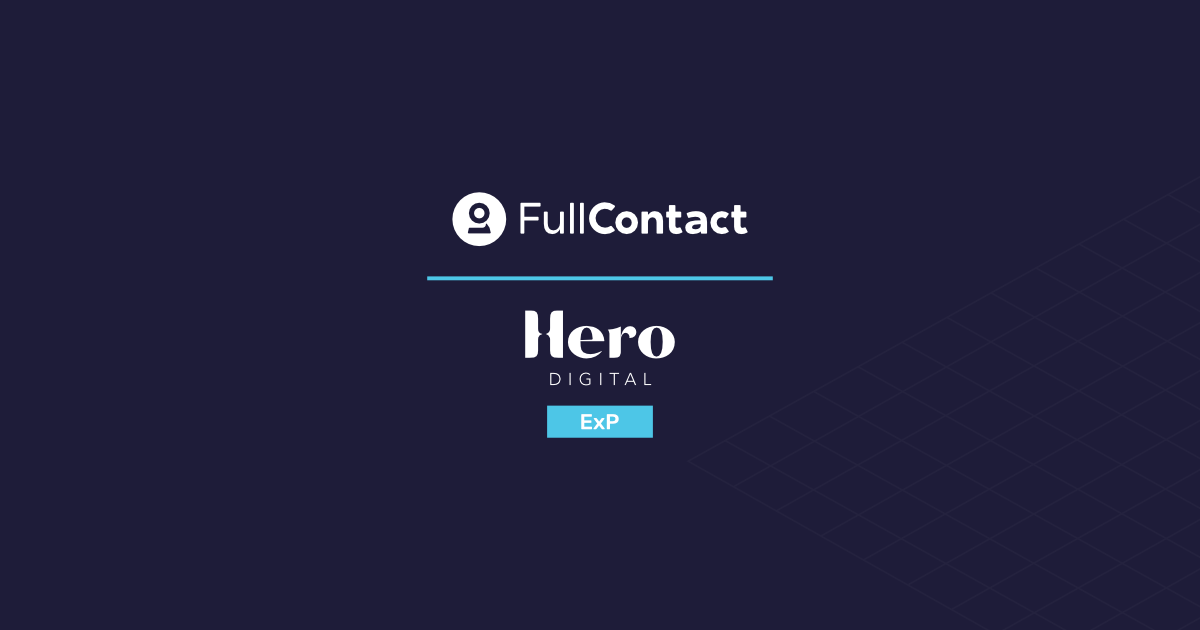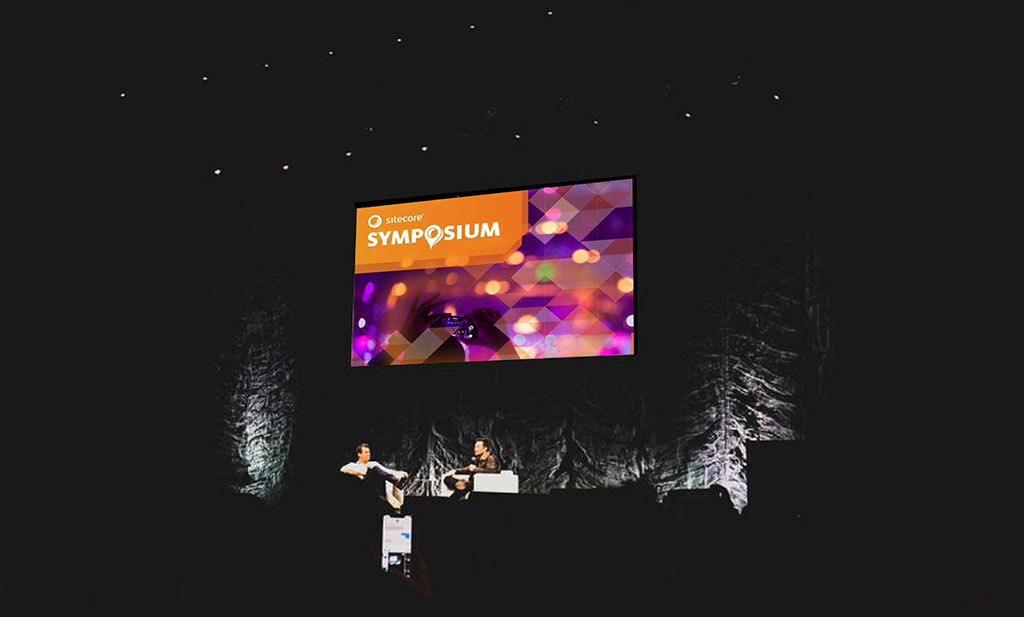How will the coming maturity of AI and Machine Learning impact business?
At Hero Digital, we’re spending an increasing amount of time helping our clients answer this question. As you might guess, conversations about a technology that will fundamentally transform marketing and customer experience are broad and far-reaching. It’s evolving fast and, for most companies, the opportunity cost is still too opaque.
Because of this, we don’t focus overly on future trends or speculation. Rather, we counsel our clients to look inward at organizational structures and processes that AI and Machine Learning will require to deliver value.
To ground the conversation and give us a sense of where AI and Machine Learning might most immediately surface relevance to an organization, let’s consider a recent and familiar example from the holiday shopping season. This past November and December, you, me, and everyone we know likely received a deluge of email promotions from companies large and small encouraging us to shop, try, and buy products and services.
For larger brands and retailers, the basis of these emails – and their corresponding offers – is the wealth of information they’ve collected about our behavior. By collecting information on what we’ve done in the past, their hope is to model what we might do in the future – and therefore to offer us something they think we’ll buy or buy next. For example, I recently shopped at a larger retailer who knows a little something about me from my purchase and browsing history. They know I’m a casual shopper, but I haven’t spent a lot of money recently, so I receive a segmented holiday email campaign promoting a pair of boots from a designer I like or have browsed online.
A similar campaign then goes to another customer who shops at the same store, but far more often. She receives promotions about designers she likes, but also a discount or cash-back offer on her next purchase because she’s considered a more loyal customer by the store’s standards.
This Next Best Offer (NBO) and “decisioning” is based on tried-and-true manual statistical analysis and modeling. These models help identify those customers who will be most responsive to email versus direct mail, or, based on their purchase history or the product discount most likely to get them to convert. This approach has been around awhile and has indeed improved how brands communicate with and sell to customers, while also making the communications we receive as customers more relevant to our needs.
But as we consider the promise of AI and machine learning, we see the glaringly obvious deficiency of the approach. The analysis and modeling are largely manual. And they don’t adapt. They are totally static. So, as external factors change, like the economy, competition, customer attitudes and trends, culture, or even the weather, they become instantly outdated and obsolete. That’s a tough pill to swallow when you’ve budgeted weeks or months of time preparing for a campaign. But to date, there hasn’t been much of an option. There simply hasn’t been the data and the data processing intelligence to react at speed.
And here’s where the elusive promise of AI comes into a little more focus. Imagine if we suddenly had in our hands that real-time context, which then helped us adapt without wasting time and money, and which deepened personalization and removed friction from the path to purchase? Seems superhuman, no?
It isn’t. AI can do this. It will do this. And, it will help us expand the NBO approach with far greater accuracy, factoring exponentially more data and attributes (like channel, time, price, economy, offer, creative, etc.), and at scale (i.e. fast).
But we’re not there quite yet. AI and Machine Learning are still peeking over the horizon. And as the technology matures, as it becomes more affordable, and as it becomes more accessible and user-friendly, there are a number important internal steps brands can take to prepare.
1. Establish a more holistic view of your individual customer.
This requires deeper awareness of and visibility into your customer and all their varied experiences – even if, to start, that’s through a limited number of channels like email, website, and display. Do you have the appropriate view of your customer that allows you to run the type of AI and Machine Learning experiments against existing data to predict the NBO?
2. Establish the appropriate data infrastructure.
Examine what is the right, and right amount of, channel data available to identify trends and determine requirements for customer touch points. Experienced analysts can help you establish this foundational understanding of your data in a way that will educate your experiments with AI.
3. Inventory and categorize your content.
Brands typically have a lot of content – often far more than they know and located across multiple platforms and divisions. But many haven’t inventoried that content or audited it relative to how it performs. Moving forward, this will be significant blind spot for companies that want to compete and win.
4. Establish a framework to measure content and identify gaps.
Understand what existing content people respond to, and how, so that you can form a deeper, more complete lead analysis. This will help you build more accurate purchase indicators that are less isolated and extreme.What AI can do for brands who prepare is to look at all the channels and all the content together and combine a greater awareness of customer journeys to build better models and more accurate indicators of what people do – when and where – with existing resources. Ultimately, this gives us a better and more accurate insight into customer disposition and propensity and supports more advanced experience management to accelerate the path to purchase.
It’s remarkable how much we’ll be able to accomplish in the next couple of years simply by rethinking our approach to customers, data, and existing content. And most of the work to come is foundational. For many organizations, this effort is already underway, but for others, they’ll face a more transformational approach to updating or overhauling existing processes and approaches. The time is now. Brands who want to compete in the future must take the right steps to prepare for AI and Machine Learning as they rapidly mature. It will be the competitive advantage that allows brands to win by delivering better, more personalized content that improves customer experience is more attributable to and supportive of the path to purchase.
—
Want to learn more on how a content audit can increase the accuracy of your Next Best Offer? We’re here to help.







